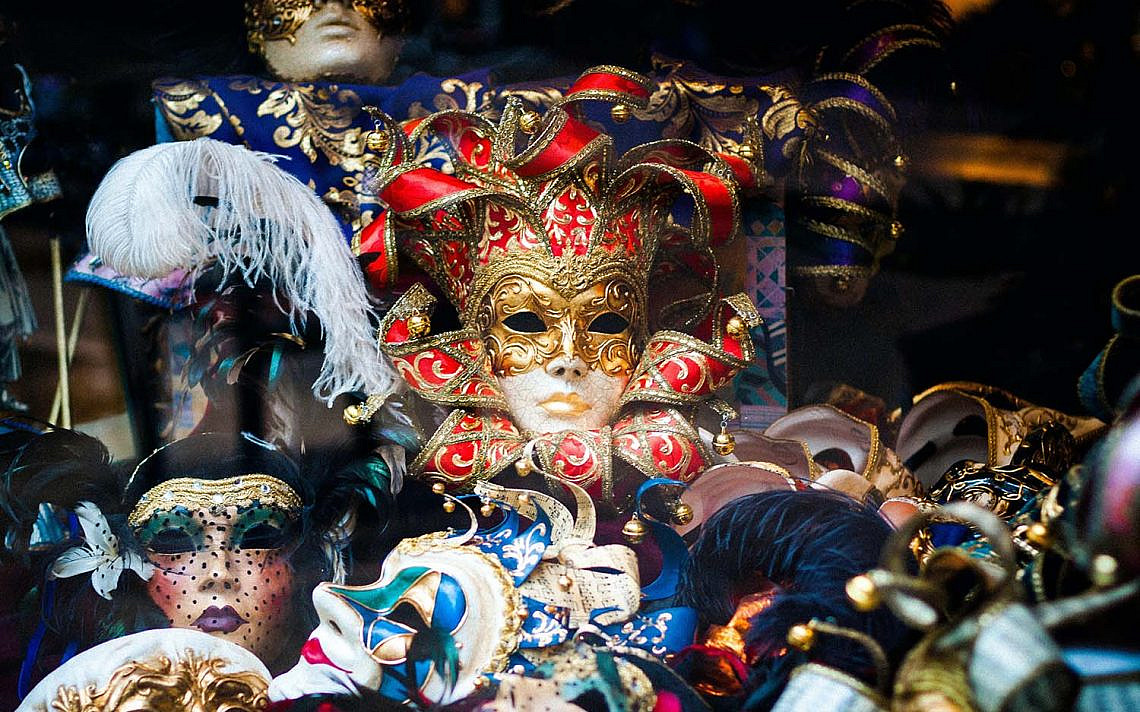
One of the most widely discussed questions in the literature about modern urban festivals is the question of originality: to what extent can a festival that has been reproduced from abroad for economic and political purposes construct a unique local identity?
In the case of the Tel Aviv Purim carnival, there was no simple answer. The carnival was initially established as an imitation of contemporaneous Mediterranean urban celebrations, mainly for economic purposes—indeed, the festival was generally ignored by scholars of Zionist myths, public rituals, and civil religion, due to its commercial character. However, besides its economic benefit, the Tel Aviv Purim carnival appropriated the pre-modern Jewish and European winter communal celebrations in a complex hermeneutical process.
The opening point of the appropriation of Purim into the Zionist calendar was not the best. Purim was always considered exceptional in the Jewish calendar, due to its anarchic, “non-Jewish” (drunkenness, intentional desecrations, and other acts), or even anti-religious character (for example, the omission of God’s name from the Book of Esther).
During the Enlightenment, the traditional anarchic festival came under massive attack. Jewish reformers, leaders, and intellectuals condemned what they saw as its violent and uncivilized practices, which encouraged hatred and sometimes even led to bloodshed between Jews and their neighbors. This criticism caused a gradual—but consistent—decline in the traditional wild Purim celebrations.
In addition to the enlightened criticism on Purim, Zionists were troubled by its “exilic” features—the saving of Jewish people by court intrigues rather than by heroism. From the “new Jewish man” point of view, Purim was an anti-heroic, Diasporic, and feminine festival, in which the Jews were saved thanks to women’s business.
As early as 1913, some Zionist leaders suggested turning Purim into a special day of fundraising for Jewish National Fund. Yaakov Rabinowitz (1875-1948), an influential Labor Movement writer, objected, and defined Purim as “a spiritual yellow stain” in Jewish history. Eliezer Ben-Yehuda (1858-1922), known as the “reviver” of the Hebrew language (the author of the first Hebrew dictionary), expressed a similar opinion a few years earlier (though he changed his mind, as we shall see below). Purim was seen by many Zionist ideologues as unrespectable. Nevertheless, in a complicated way, Purim became a central day on the Zionist calendar, due to the adherence of Urban Zionism to the idea of folklorism.
The link between Jewish nationalism and folklorism is still under-emphasized in scholarship, in which the hostility of a few major intellectual figures toward Jewish folklore and “the negation of exile” was taken as characteristic of what the historian Yaakov Shavit calls “formal folk culture.” This oppositional attitude was in fact far from dominant.
Among the many indicators of other views were the popularity of Yom-Tov Lewinsky’s folklorist anthologies, The Book of Festivals (in nine volumes) and the Encyclopedia for Lore and Tradition, the popularity of the folkloric play HaDybbuk, the vitality of folklorism in the development of Hebrew music and dance, the intellectual interest aroused by the “Yeda-am” (Hebrew neologism for “folklore”) society in the 1930s, and the fact that the organization known today as the Israeli Historical Society was established in 1928, as the Palestine Society for History and Ethnography.
One of its first endeavors was a detailed questionnaire about Purim customs in Jewish Diasporas, whose outcomes were published in the third volume of their academic journal, Tzion. Zionist cultural entrepreneurs came of age in Central and Eastern Europe in a cultural atmosphere that glorified “the people” and viewed folklore as a source for vitality. Most modern nationalist movements made extensive use of folklore, and Zionism was no exception.
Precisely because of its anarchic and “uncivilized” character, historical Purim was considered the most “folkish” festival in the Hebrew calendar.
In the early days of the Yishuv – the new Jewish settlements in Palestine – Purim was favored by all. In early Tel Aviv it spawned a carnival that had evolved from a folklore event to a celebration of the proto-city’s urban, bourgeois, and capitalist vision. The public celebration of Purim in Tel Aviv revealed the holiday’s grip on the Yishuv’s imagination. The way Tel Aviv marked Purim was a key event through which we can understand Zionism as a mass movement that created an urban culture typical of the industrial age.
Excerpted and adapted from Hizky Shoham’s book, Carnival in Tel Aviv: Purim and the Celebration of Urban Zionism (Academic Studies Press, Brighton, Mass., 2014)
You care about Israel, peoplehood, and vibrant, ethical Jewish communities. We do too.
Join our email list for more Hartman ideas